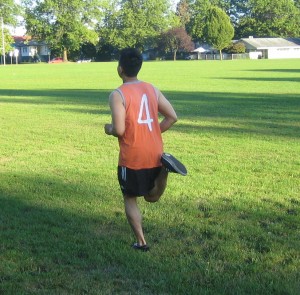Compression socks are utilized due to the varied benefits that they provide including reducing the swelling of the legs when sitting for long periods of time such as long flight or a road trip. Take note that surgeons often utilize them during and after surgery to help minimize the risk for developing a potentially life-threatening blood clot. Athletes, particularly runners use compression socks to help increase the flow of blood during exercise which helps reduce soreness.
Purpose of compression
The compression offered by the socks is used to mimic the pumping force of the muscles as the individual walks. Normally, when walking, the muscles contract around and close the veins in the leg, thus helping force the blood upwards against gravity and back towards the heart. Nevertheless, if the individual has edema, poor circulation, lymphedema or varicose veins, the body could not effectively push the fluid up out of the legs, resulting to pain and swelling.

Graduated compressions
The compression socks effectively push the fluids upwards by utilizing graduated compression. There are various types of stockings such as knee high stockings, diabetic socks and hip height stockings. The doctor will determine the suitable height as well as tightness of the compression to comply with the physical needs of the individual. The compression socks work from the foot up, tighter at the foot with the compression starting to ease up higher to the leg.
How to use compression socks
The compression socks are specifically structured to be tight. Nevertheless, this will make it difficult to put on for some individuals. Since it is vital to wear these socks as directed by the doctor, it is best to seek assistance if the individual finds it hard to put them on.
- The individual should sit on a chair or any firm surface. Hold the top part of the socks in both hands. Roll it down towards the toe as far as possible.
- Place the toes into the socks as close to the end as possible.
- Make sure that you will align the heel of the socks with the heel and then press the foot into the socks. Always ensure that the socks are straight.
- Pull the socks up and unroll it as it is moved up to the leg.
- If there are any twists or wrinkles, straighten them out to ensure that the pressure is distributed evenly. If the socks could not be straightened while it is on the leg, remove it and try again.
Considerations to bear in mind
Do not try to roll or fold the compression socks down while they are being used. Take note that this will only increase the risk for blood clots by restricting the flow of blood in the legs. If you want to learn ways to effectively use compression socks, click here.
A doctor must be consulted if the compression socks do not fit well. If the individual experiences redness or warmth of the skin, abrupt swelling in the leg, numbness or tingling in the toes, pain that increases when walking or standing and fatigue in the leg are considered as potential indications of deep vein thrombosis which is life-threatening.
